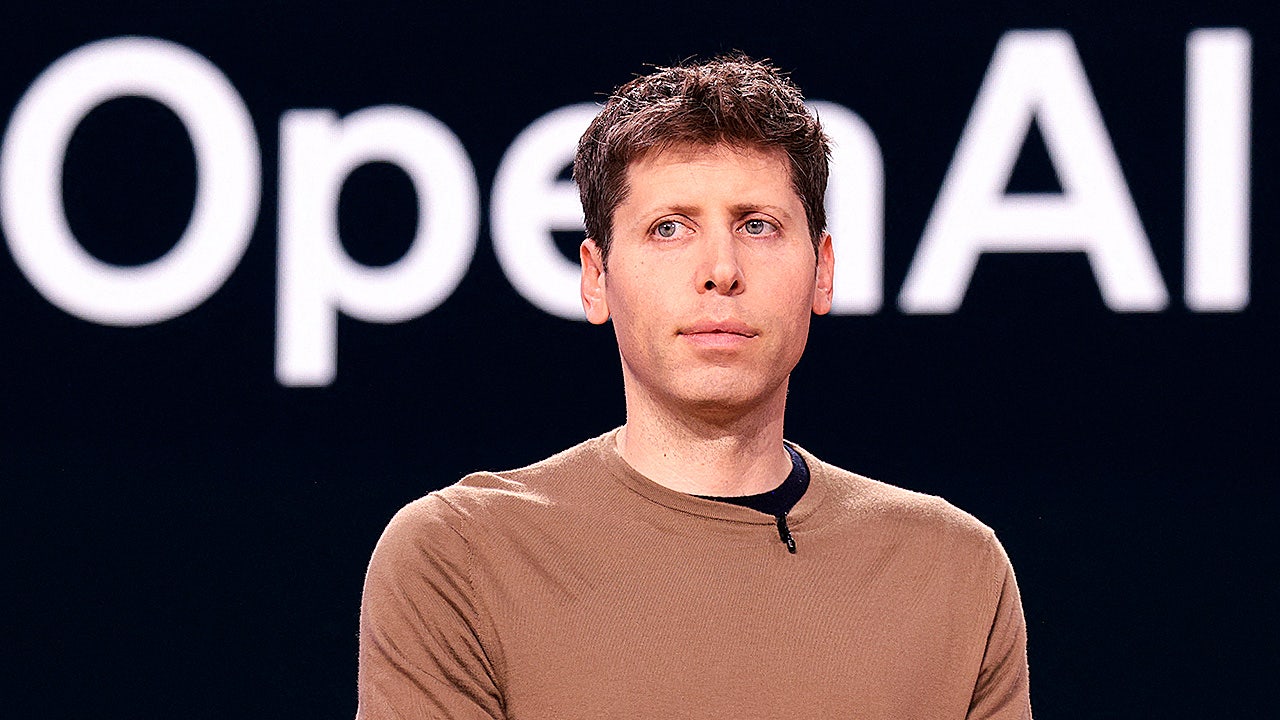The processes used by the Bureau of Labor Statistics (BLS) to collect data for the jobs report have been under scrutiny after last week’s disappointing jobs report, and one of the agency’s former leaders shared ways the agency could improve those methods if it were to receive the funding needed to integrate more digital data.
President Donald Trump fired BLS Commissioner Erika McEntarfer on Friday after the July jobs report showed just 73,000 jobs were added, well below the 110,000 estimate of economists polled by LSEG, as well as downward revisions to employment in May and June by 258,000 jobs.
Trump claimed the report was “RIGGED” in a social media post and accused the agency of political bias in a social media post announcing the firing.
Erica Groshen, who served as BLS commissioner from 2013 to 2017 and is currently the co-chair of Friends of BLS, told FOX Business in an interview that statistical agencies know that they need to better leverage digital information – but cautioned that incorporating it into data collection programs while maintaining accuracy will take investment and time to get it right.
WHY DOES THE LABOR DEPARTMENT REVISE JOBS REPORTS? HERE ARE 3 REASONS
Better Information
“The direction that the agencies know they need to go in is to take advantage of the opportunity that is presented by there being so much digitized information out there that could be incorporated into our statistical programs,” Groshen said.
“That’s really the direction to go in. But unfortunately, that’s not free,” she added. “You need to invest in designing reliable statistics that are based on this kind of extensive but imperfect electronic data that’s out there.”
“Why is it imperfect? Well, it usually doesn’t cover the entire universe, it may not ask exactly what you want but it’s close to what you want. So you really need a period of research to try and design something that meets the needs of the users and is fully reliable and that takes work that the agencies have not been given the funding to do,” Groshen explained.
US JOB GROWTH COOLED IN JULY AMID GROWING ECONOMIC UNCERTAINTY

Using AI
The former commissioner added that the process could use “all of the computationally intensive techniques that are being developed” under the auspices of artificial intelligence (AI).
“The large language models can convert textual information into something that you can analyze – make it easier for people to report their industries and occupations and activities, things like that. Just let people say what they want and then turn it into something that can be analyzed, and do that more cheaply than when you have human coders,” Groshen said.
TRUMP ORDERS TERMINATION OF LABOR STATISTICS OFFICIAL AFTER JOBS REPORT AND DOWNWARD REVISIONS

Transparency Is Key
She added that while AI is effective at summarizing very complex data, statistical agencies have to ensure they can maintain a high level of transparency about the sources and methods of data collection.
“There’s a tension there for the statistical agencies because transparency is the most important thing to them. In order for the data to be reliable, you have to be really transparent about your methods,” she explained.
“In order for people to trust something, they have to understand how it’s put together… but also so that they fully appreciate the limitations,” Groshen said. “And the statistical agencies are very open about the limitations of the data that they produce because that’s part of their mission – not to fool people, but to make them educated consumers.”
Read the full article here














